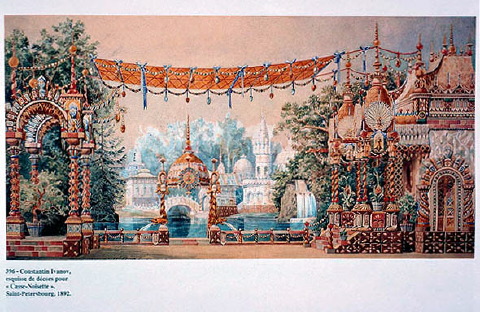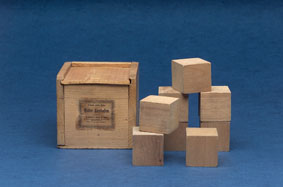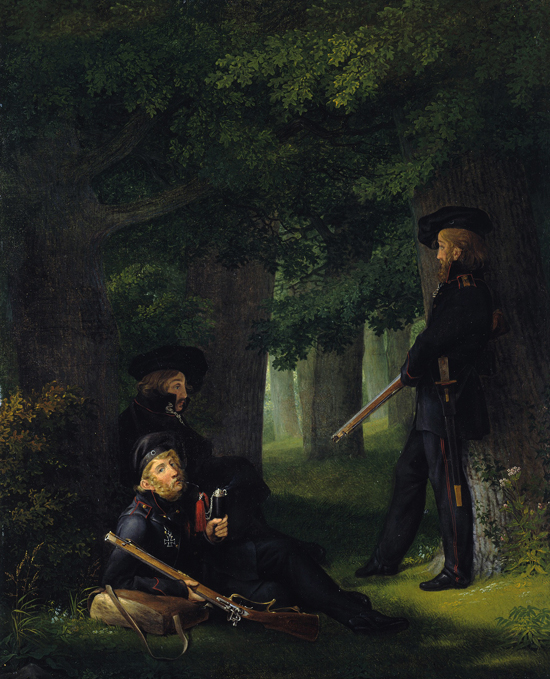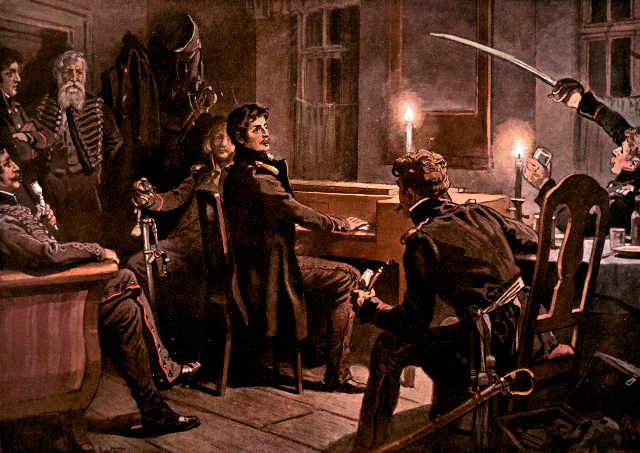Cube 6 by designer Naho Matsuno turns from a cube into six stools and back again.
The stools are made from birch plywood and maple and the cube is 350 x 350 x 350mm when slotted together.
nurturing children to be inquisitive and open to the world
Cube 6 by designer Naho Matsuno turns from a cube into six stools and back again.
The stools are made from birch plywood and maple and the cube is 350 x 350 x 350mm when slotted together.
Standing wooden nutcrackers in the form of soldiers and kings were shown in the Sonneberg and Erzgebirge regions by 1800. In both places, carving of nut crackers arose from the earlier tradition of carving religious figure.
In 1830, the term “Nussknacker” appeared in the dictionary of the Brothers Grimm. It was defined as “often in the form of a misshaped little man, in whose mouth the nut, by means of a leaver or screw, is cracked open”.
In 1872 Wilhelm Füchtner, known as the “father of the nutcracker,” made the first commercial production of nutcrackers using the lathe to create many of the same design.
The Nutcracker ballet with a score by Pyotr Ilyich Tchaikovsky was first performed at the Mariinsky Theatre in St. Petersburg on Sunday, December 18, 1892. Since the late 1960s this ballet has enjoyed enormous popularity.

It all stems from the way he understood children. He believed that to accompany a child on the long, exciting, educational and at times complicated path to maturity is the most important task that anyone can undertake.
He believed that this is the foundation upon which we can build a better life and a better future, at both a personal and collective level, with a society that is free, totally conscious, informed, demanding and respectful of everything that surrounds us.
Blocks and play are vital during the formative years and throughout life. Playing with blocks can help us all to achieve these objectives.

The way beech trees grow is something truly special. They multiply by “rejuvenation” which means that the trees propagate by themselves. No artificial irrigation or planting is required. Beechwood forests are a completely natural and sustainable source of raw material.
Beechwood is known as a deep rooting plant. For this reason, beechwood has been known as the Mother of the Forest since the beginning of time. A typical beechwood forest is home to about 7,000 species of animals and is an important provider of raw materials. With around 250 well known fields of application, beechwood is the most versatile type of wood around.
In 1850 S F Fischer began making the play gifts designed by Friedrich Froebel in the Erzgebirge mountains.
Stephanie Alexander has a vision that pleasurable food education is accessible to every Australian school with a primary curriculum.
‘I believe absolutely in the importance and power of the shared table. In many cultures, eating together around a table is the centre of family life. It is the meeting place, where thoughts are shared, ideas challenged, news is exchanged and where the participants leave the table
restored in many ways.’
The Stephanie Alexander Kitchen Garden Foundation is a not-for-profit, charitable organisation addressing the incidence of childhood obesity. They rely on the generosity, shared vision and commitment of schools, volunteers, philanthropic organisations, governments, businesses and individuals.
Students and academics flocked to join this unit of volunteers founded in February 1813 as Königlich Preußisches Freikorps von Lützow (Royal Prussian Free Corps of Lützow), which was mostly composed of craftsmen and laborers.
Inspired with the Romantic nationalism of the times and irresistibly attracted towards a body consisting of volunteers drawn from all social classes, many of them made a vow to neither cut their hair nor their beards until they had liberated Europe. In their distinctive black uniforms, members of the Lützow Free Corps were remarkable for superior activity, energy, and enterprise.
When the summons “To my People” called the German youth to war, Froebel had already entered his thirty first year, but this did not prevent his being one of the first to take up arms. It was in the Lützow Free Corps that Friedrich Froebel formed life long friendships with Wilhelm Middendorf and Heinrich Langethal. Sitting around camp fires they shared their vision for building a better world, where everyone lived together in peace and harmony.
After the Peace of Paris, the young friends parted. They vowed eternal fidelity, and each solemnly promised to obey the other’s summons, should it ever come. As soon as Froebel took off the dark uniform of the black Jagers he received a position as curator of the museum of mineralogy in the Berlin University, which he filled so admirably that the position of Professor of Mineralogy was offered to him from Sweden. But he declined, for another vocation summoned him which duty and inclination forbade him to refuse. His three nephews were in need of an instructor, after their father died in 1813, during the typhus epidemic after the Battle of Leipzig. There was great joy in the village of Griesheim, when Middendorf saw here the realization of the ideal which Froebel’s kindling words had impressed upon his soul beside many a watch fire.

Theodor Körner wrote songs and poems to celebrate and encourage his fellows, often accompanying himself on the guitar. Many of these poems were later published by his father in the collection Leyer und Schwerdt (modern Leier und Schwert, “Lyre and Sword”) (Berlin, 1814).

On August 26 an engagement took place at the forest of Rosenow near Gadebusch, in which Körner fell. Theodor Körner died at the age of twenty-one, and was buried under an oak in the village of Wöbbelin, about a mile from Ludwigslust.